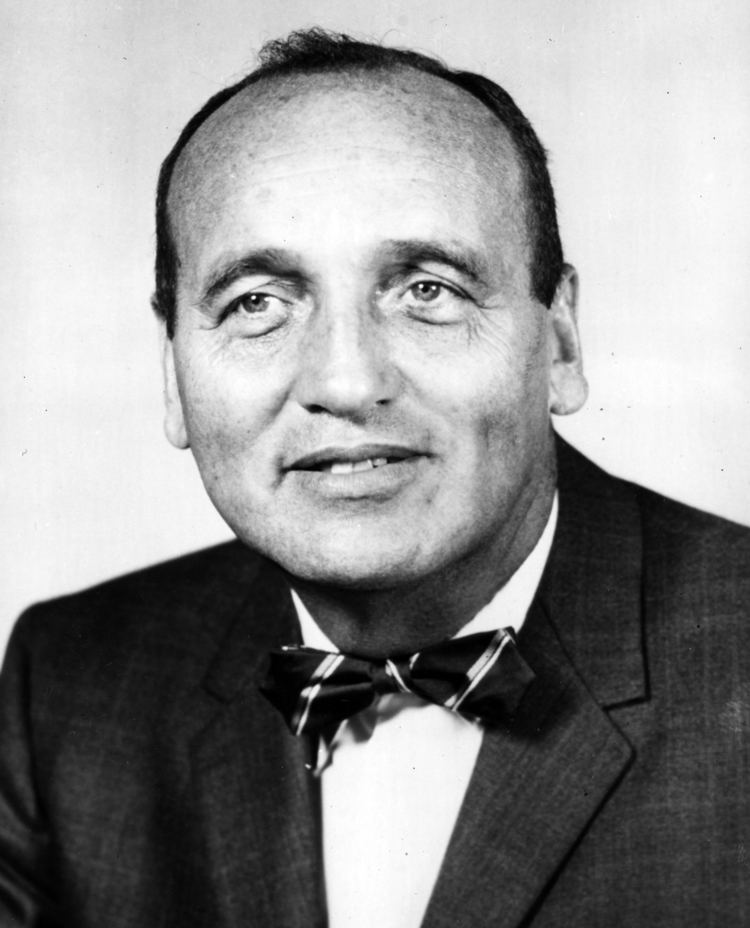Nationality Canadian, American Role Mathematician Name Irving Kaplansky | Children Lucy Kaplansky | |
 | ||
Doctoral students Hyman BassSusanna S. EppGunter LumerEben MatlisDonald OrnsteinEd PosnerAlex F. T. W. RosenbergJudith D. SallyHarold Widom Known for Kaplansky density theoremKaplansky conjectureGroup theoryRing theoryOperator algebrasGame theoryfield theory Books Fields and rings, Linear algebra and geo, Lie algebras and locall, Algebraic and analytic a, Selected papers and other writi Similar People Lucy Kaplansky, Abraham Adrian Albert, Saunders Mac Lane, Judith D Sally | ||
Lucy kaplansky that s mathematics a song about pi irving kaplansky
Irving Kaplansky (March 22, 1917 – June 25, 2006) was a mathematician, college professor, author, and musician.
Contents
- Lucy kaplansky that s mathematics a song about pi irving kaplansky
- Lucy Kaplansky A Song About Pi Official Video
- Biography
- Mathematical contributions
- Awards and honors
- Books
- Articles
- References

Lucy Kaplansky - "A Song About Pi" (Official Video)
Biography
Kaplansky or "Kap" as his friends and colleagues called him was born in Toronto, Ontario, Canada, to Polish-Jewish immigrants; his father worked as a tailor, and his mother ran a grocery and, eventually, a chain of bakeries. He attended the University of Toronto as an undergraduate. In his senior year, he competed in the first William Lowell Putnam Mathematical Competition, becoming one of the first five recipients of the Putnam Fellowship, which paid for graduate studies at Harvard University. Administered by the Mathematical Association of America, the competition "is widely considered to be the most prestigious university-level mathematics examination in the world, and its difficulty is such that the median score is often zero or one (out of 120) despite being attempted by students specializing in mathematics." Astoundingly, "through 2015, there have been 144,589 participants...Over the seventy-six competitions between 1938 and 2015 there have been only four perfect scores." Kaplansky only got one question wrong. Below is a table of the first five recipients.
After receiving his Ph.D. from Harvard in 1941 as Saunders Mac Lane's first student, he remained at Harvard as a Benjamin Peirce Instructor, and in 1944 moved with Mac Lane to Columbia University for one year to collaborate on work surrounding the Manhattan Project with the Applied Mathematics Panel.
He was professor of mathematics at the University of Chicago from 1945 to 1984, and Chair of the department from 1962 to 1967. Kaplansky was the Director of the Mathematical Sciences Research Institute from 1984 to 1992, and the President of the American Mathematical Society from 1985 to 1986.
Kaplansky was also an accomplished amateur musician. He had perfect pitch, studied piano until the age of 15, earned money in high school as a dance band musician, taught Tom Lehrer, and played in Harvard's jazz band in graduate school. He also had a regular program on Harvard's student radio station. After moving to the University of Chicago, he stopped playing for two decades, but then returned to music as an accompanist for student-run Gilbert and Sullivan productions and as a calliope player in football game parades. He often composed music based on mathematical themes. One of those compositions, A Song About Pi, is a melody based on assigning notes to the first 14 decimal places of pi, and has occasionally been performed by his daughter, singer-songwriter Lucy Kaplansky.
Mathematical contributions
Kaplansky made major contributions to group theory, ring theory, the theory of operator algebras and field theory and created the Kaplansky density theorem, Kaplansky's game and Kaplansky conjecture. He published more than 150 articles and over 20 mathematical books.
Kaplansky was the doctoral supervisor of 55 students including notable mathematicians Hyman Bass, Susanna S. Epp, Günter Lumer, Eben Matlis, Donald Ornstein, Ed Posner, Alex F. T. W. Rosenberg, Judith D. Sally, and Harold Widom. He has over 800 academic descendants, including many through his academic grandchildren David J. Foulis (who studied with Kaplansky at the University of Chicago before completing his doctorate under the supervision of Kaplansky's student Fred Wright, Jr.) and Carl Pearcy (the student of H. Arlen Brown, who had been jointly supervised by Kaplansky and Paul Halmos).
Awards and honors
Kaplansky was a member of the National Academy of Sciences and the American Academy of Arts and Sciences, Director of the Mathematical Sciences Research Institute, and President of the American Mathematical Society. He was the plenary speaker at the British Mathematical Colloquium in 1966. Won the William Lowell Putnam Mathematical Competition, the Guggenheim Fellowship, the Jeffery-Williams Prize, and the Leroy P. Steele Prize.
Books
with I. N. Herstein: —— (1974). Matters mathematical. 2nd edn. 1978
